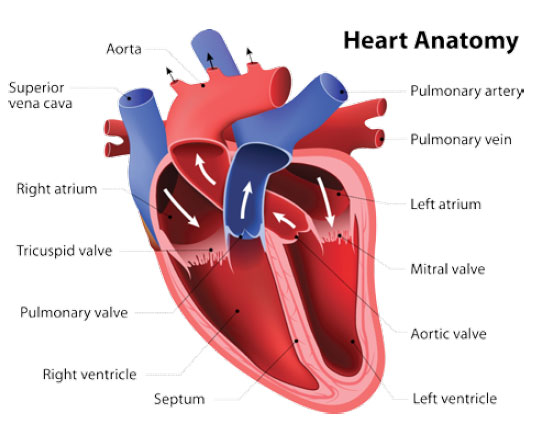Under
pressure?
When was the last time you were
strapped into a blood pressure cuff?
Blood pressure (BP) is basically the force of your blood pushing
against the walls of your blood vessels. Considering your heart
is such a strong, well-developed muscle, imagine the mechanical
stress on your blood vessels when the heart contracts.
When this pressure is consistently too high, it is called hypertension,
which could have some serious consequences for your health. When
it is consistently too low, it’s called hypotension and can be a symptom of
another health condition.
BP normally goes up and down to a small extent during the course of the day,
depending on what activity you are engaged in and how you’re feeling. It naturally
drops when you are at rest or sleeping, and will increase in times of physical
activity and stress.
When you undergo a physical examination by a health professional, they will use
a blood pressure cuff to measure your BP. What it measures is the force of
blood flow through your arteries when the heart contracts and relaxes. The
measurement gives the health practitioner a good idea of how well your arteries
expand under this pressure. When the heart contracts, the force of the blood
pushed
through the arteries is known as systolic pressure and when the heart relaxes between pumps, the pressure in the arteries is known as diastolic pressure. That’s why when you have your readings taken, you will be given two numbers, eg: 120/80, which shows the systolic pressure above and diastolic pressure below.
Why should I know my readings?
If your BP is high, your heart and blood
vessels are under strain and will weaken over
time. High BP can lead to many serious health
problems, including stroke, congestive heart
failure, impaired vision and kidney damage.
Abnormally low BP can limit the amount of blood
(and therefore oxygen) getting to the brain. This can make
you feel lightheaded, nauseous and dizzy and may lead to
inexplicable fatigue, blurred vision, muscular weakness, fainting
and injury due to falls. It can also be a sign of an underlying
neurological or thyroid condition.

Where can I go to get my BP checked?
• Pharmacies
• On-site occupational health and safety centres
• Municipal clinics
• Hospitals
• Primary healthcare practitioners
I’ve been told that my BP needs to be controlled. What does that mean?
It means that your BP will stay at a healthy level as long as certain lifestyle changes are made. These include maintaining an optimal weight, regular exercise, not smoking, not overindulging in alcohol, restricting salt and managing stress.
What should the readings be?
You can’t always tell if your BP is high or low, as you could be symptom free, therefore regular screening is essential. Among the noticeable symptoms are the following: fatigue, headache, dizziness, nausea and blurry vision. One reading done every few years is not enough. A few readings, spaced over regular intervals, are needed to monitor your BP and to see what is normal for you.
| Blood pressure | Low-optimal | Normal | Normal-high | Hypertension Stage 1 Mild | Hypertension Stage 2 Moderate | Hypertension Stage 1 Severe |
| Systolic | Less than 120 | Less than 130 | 130-139 | 140-159 | 160-180 | 180 and above |
| Diastolic | Less than 80 | Less than 85 | 85-90 | 90-99 | 100-109 | 110 and above |
| Recommended treatment | No treatment needed | Lifestyle changes recommended | Lifestyle changes may be sufficient | Lifestyle changes and possibly medication | Lifestyle changes and medication | Lifestyle changes and medication |
My parents have high BP, what does this mean for me?
A family history of high BP can
put you at higher risk of developing
it yourself, which is why regular
checks are necessary. Other factors
can also increase your chances of
blood pressure problems, such as:
• Being overweight
• Lack of exercise
• Diabetes
• Alcohol consumption
• Too much salt (sodium)
in your diet
• Smoking
• Pregnancy
People who make lifestyle changes and still have consistently raised BP, can keep it under control with medication. The good news is that you can keep your BP at a safe level, thereby greatly reducing the risk of resulting health issues.
 APR/MAY ‘18 | ISSUE 19
APR/MAY ‘18 | ISSUE 19 